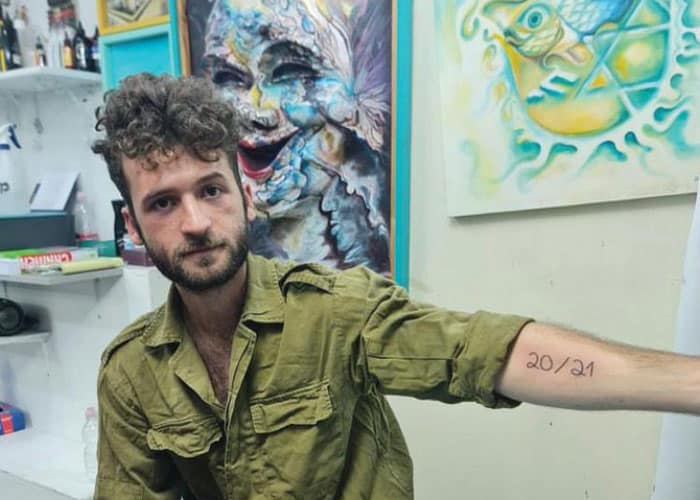 Ariel Ein Gal with his tattoo – “we were 21 and returned 20”
Ariel Ein Gal with his tattoo – “we were 21 and returned 20” In the wake of Hamas’ attack on Israel October 7, numerous shocking and tragic stories, as well as tales of resilience and heroism have come to light. Ariel Ein-Gal, a 26-year-old survivor of the Zikim Beach massacre, was in Los Angeles to share his remarkable account of being rescued by young commanders at the Zikim base.
Ein-Gal, a computer science and linguistics student at Be’er Sheva University, along with 20 friends from the Mileva bar in Be’er Sheva, decided to organize a team-building evening at Zikim Beach near the Gaza border. Coordinating the event took some time, but eventually, they settled on October 6 for the gathering.
“It was a great party. We celebrated until 6 a.m., then went to sleep. At 6:30 a.m., the chaos began.”
– Ariel Ein-Gal
In an interview with the Jewish Journal, Ein-Gal said the evening started with music, good food and was a lot of fun. “When we arrived at the beach, our initial plan was to settle on a designated area where, later, Hamas had massacred everyone who was there. However, at the last moment, we opted for another section of the beach. We brought along wicks, generators, food, drinks, and we had a DJ who played good music. It was a great party. We celebrated until 6 a.m. then went to sleep. At 6:30 a.m., the chaos began.”
On Saturday morning, the group awoke to the unsettling call of “Code Red” and the sound of gunfire. In videos captured by some of them on their phones, they initially struggled to grasp the gravity of the situation. It dawned on them quickly.
“We initially took refuge between the containers on the beach, where fishermen store their equipment. We hid there for about 20 to 30 minutes, fervently hoping that a rocket wouldn’t strike us. Dozens of rockets landed roughly 100 meters away. Simultaneously, boats began approaching from the shore carrying terrorists. At first we were confused what they were doing there but it became evident that those are terrorists when they started firing at us from the sea. Meanwhile, the Israeli navy retaliated. We knew we couldn’t stay put and started to run east towards the nearby Zikim [IDF] base Once we reached the gate, we started knocking on it, begging to get in.”
The soldier on duty, a recent recruit in the army for just a month and a half, initially hesitated, citing the absence of a permit. “We begged her and said we are barefoot, we just escaped from the shore and the terrorist infiltration.”
Their pleas worked and she let them in. “We went into the shelter and hid there. I knew that because she is only a cadet, it would be better for me to take the rifle. This also took some convincing. She refused at first, but then called her commander, who gave me permission to take the weapon. I covered for my friends for about 40 minutes, and all the while on the beach, the terrorists massacred everyone who was there. Later I found out that 35 people had been murdered.”

In the meantime, three fighters arrived to rescue them. Much has been written about the heroic battle that took place there. At the time, 90 recruits who had just enlisted in the IDF were on the base. One of the commanders sent the recruits to take cover and he along with about a dozen soldiers fought about 50 terrorists. During the battle, which lasted until 10 a.m., seven fighters were killed, including Lieutenant Yannai Kaminka, 20.
“He was amazing,” Ein-Gal recalled, “briefing us and letting us feel that the IDF had come to rescue us. He explained to us exactly what to do and kept his composure even though he had just arrived from encounters with terrorists. He was a really special guy. Then he left us there to go help his friends and was killed.”
Ein-Gal found himself as the sole armed man among his friends, accompanied by another sergeant. Despite the sergeant’s efforts to call for reinforcements, they received no response. In a desperate bid for help, Ein-Gal and his friends attempted to contact the police, fire brigade, MDA and anyone they could think of. Their calls went unanswered. Faced with a grim reality, some began crafting farewell texts to their parents, while others made heartbreaking goodbye calls. The end loomed ominously.
To spare his parents unnecessary anguish, Ein-Gal, decided not to call or text farewell. “I didn’t want to do that to my parents. I thought that if I died, they would eventually find out anyway, and if I didn’t die, then why should they be anxious in vain?”
The group faced a constant barrage of gunfire from all sides. They had to make a challenging dilemma: To stay and risk a terrorist takeover of the base or flee, potentially encountering terrorists on the way or falling victim to gunfire and bombs. Ultimately, they opted to run. At 8:30 a.m., they sprinted towards the base and their parked cars.
As they approached their cars, a terrorist emerged from the bushes, opening fire. Fortunately, the sergeant with them reacted, and shot the terrorist in the head.
There were four cars, each holding five people. In the car with Ein-Gal, were two Bedouins who were apart of the group, the DJ, and a girl. They sped away, without a clear direction, the primary goal to distance themselves from the base and the terrorists. However, the road they chose led them inadvertently towards Gaza. They realized their error as they approached a sniper wall, and made a U-turn.
Not long after, they saw a police vehicle with a figure laying on the ground seemingly wearing police uniforms. As they slowed down, the lifeless body suddenly rose, brandishing a Kalashnikov toward them. The terrorists had laid an ambush. “More terrorists emerged from the bushes, unleashing precise gunfire on us. At that point, I was sure I’m going to die. Our driver simply accelerated and went around them. They kept shooting at us but only five bullets struck the car. The girl who was with us sustained injuries to her finger and shoulder, one bullet flew just over her head.”
The car behind them was also ambushed. The terrorists fired at them, hitting the oil tank and the leg of one of the passengers. “After driving another 500 meters, the vehicle got on fire and everyone got out and ran towards an abandoned building, our friend who got hit, was limping and losing a lot of blood but didn’t have a choice. They were hiding there for about half an hour until they heard a vehicle approaching and left. It was a force of “Maglan” [unit of IDF] fighters who evacuated them from there.”
Ein-Gal and his friends managed to call the others and warn them about the ambush. Their friends quickly turned around.
Most of the group managed to get out of this ordeal almost unscathed, but one wasn’t so lucky. “[Singer] Mor Gabay was with us from the beginning of the night, drank and ate with us, and at 6:10 a.m. she decided to go visit her mother, who lives in Netivot. On the way, when the alarm sounded, she entered a shelter on the side of the road. She managed to issue dozens of warning calls to friends. After 20 minutes in the shelter, she thought it was safe to get back on the road and started driving, but the terrorists were already everywhere and fired dozens of bullets at her. At first, we were sure she was kidnapped, until they found her body.”

Ein-Gal decided to get a tattoo in Mor’s memory. “I got a 21/20 tattoo. We were 21 friends and returned 20. I tattooed the number on my arm, where Holocaust survivors from Auschwitz have a number. For me, this tattoo means: Never again is now.”
A few days after the event, Ein-Gal enlisted in the reserves of the Northern Command, but the events of that day returned to him with greater intensity and he was released. Some of the Mileva staff returned to work a few days later “to clear their heads, drink beer and talk,” Ein-Gal explained. “The bar also arranged psychologists for all the employees to sit with all us in a circle and they talk with us for three hours about everything we went through. In addition, each of us received a psychologist individually.”
After telling his incredible story on Instagram, he was invited by the Israeli American Council to talk at their November 7th event at the Saban Theater. After talking in front of a full house, he decided to tell his story at UC campuses and arranged for meetings at USC and UCLA.
Asked if he is thinking about leaving the country and moving to the United States, he said: “In the past I always had the thought that I wanted to relocate for a few years, but to leave the country? Not at all. It’s like giving Hamas the victory, it’s my country and my home.”
Although he does not define himself as a believer, Ein-Gal went to synagogue to recite Birkat Hagomel, a Jewish prayer of gratitude after surviving a dangerous experience. “I feel that I received the gift of life and it is appropriate to say thank you to the one who is sitting there, whether his name is God or Allah.”






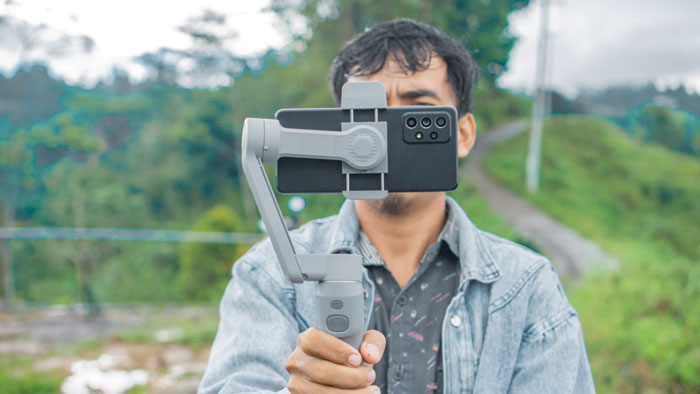

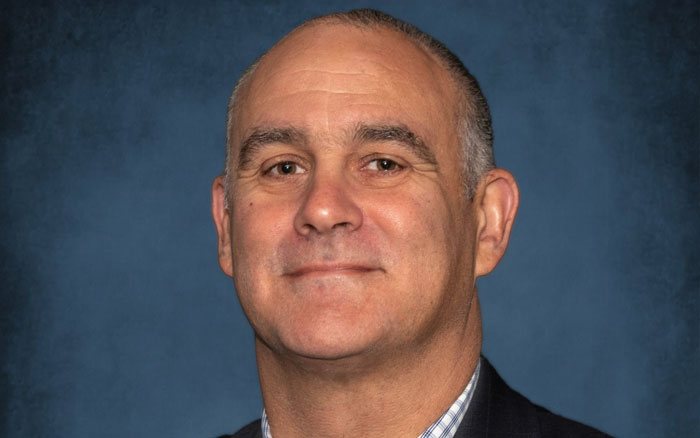
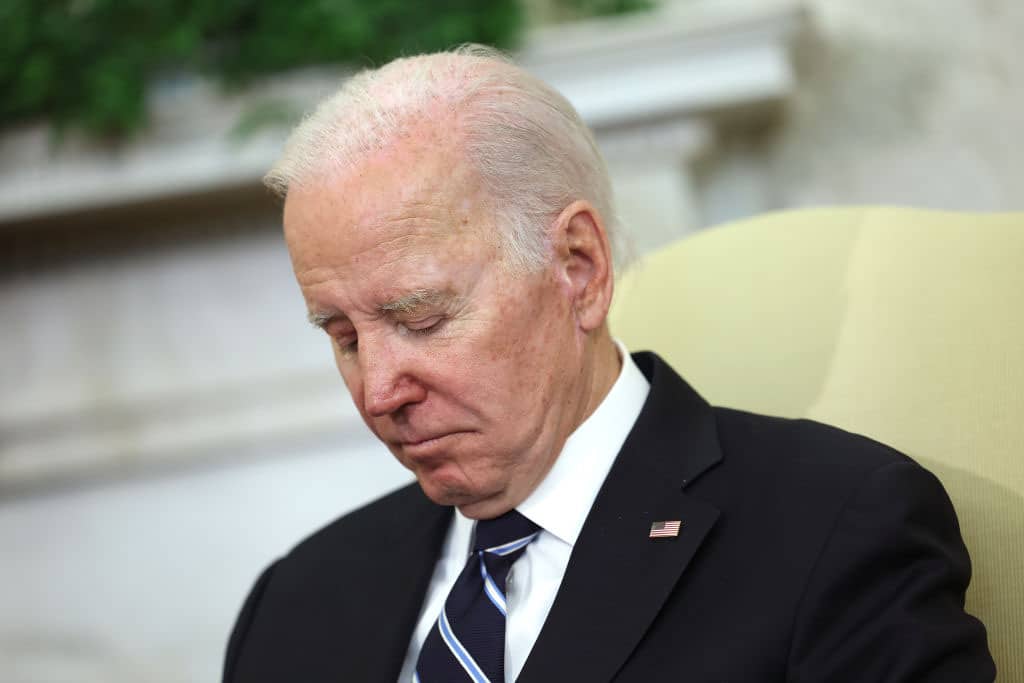



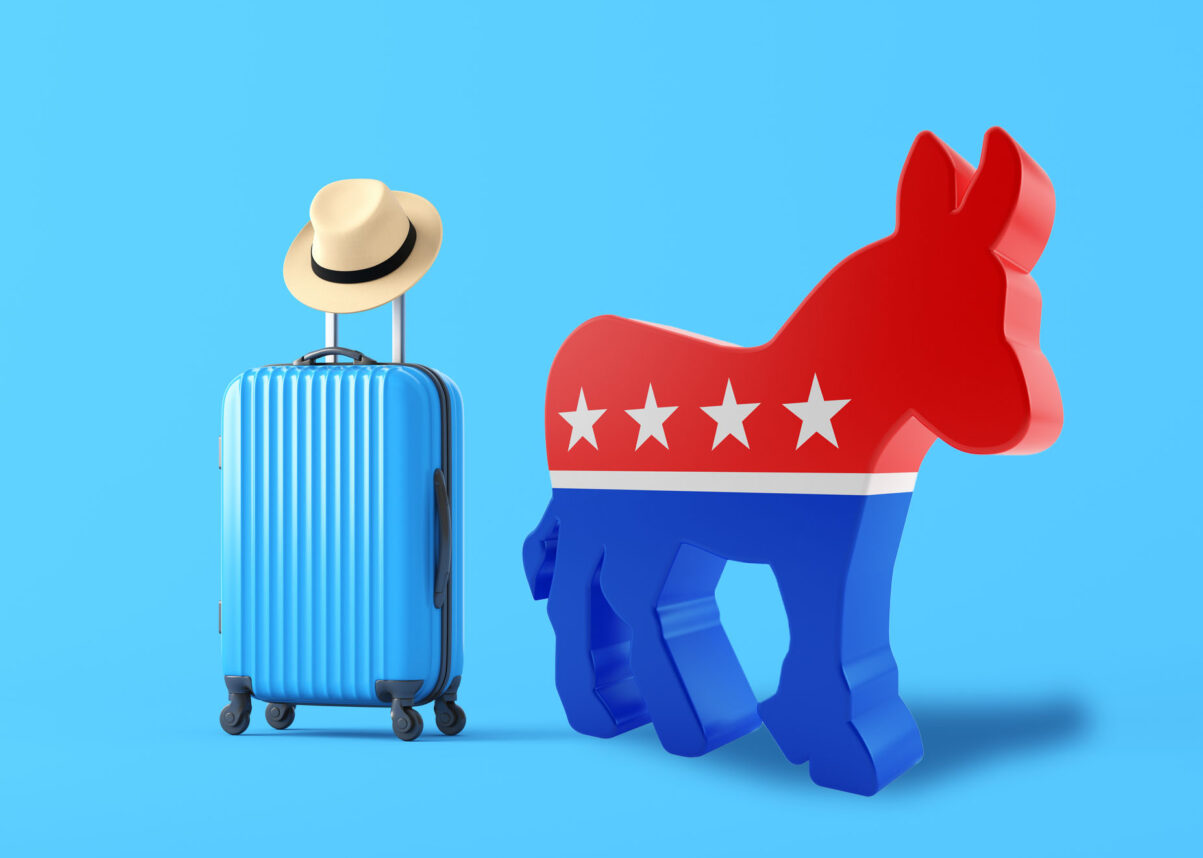
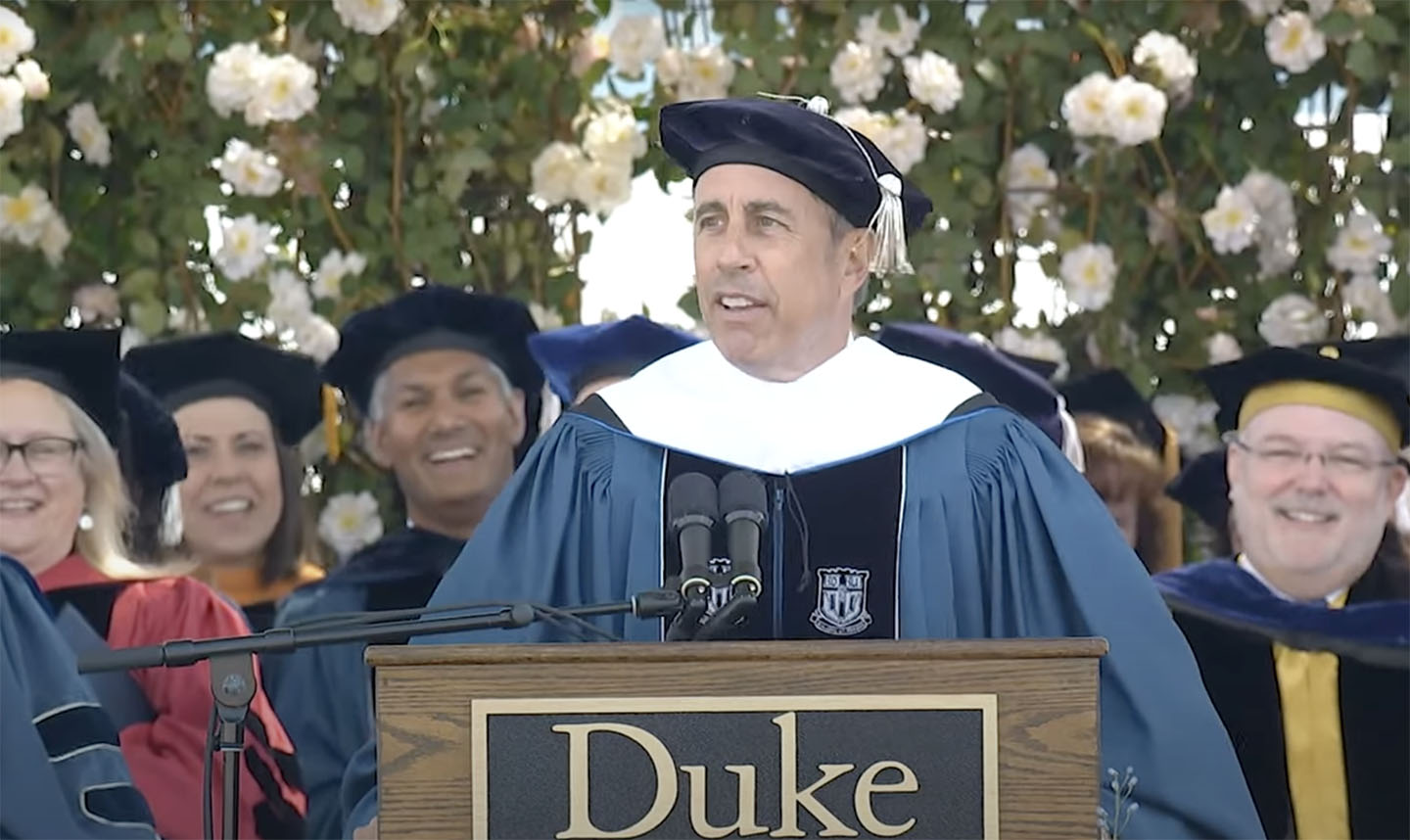
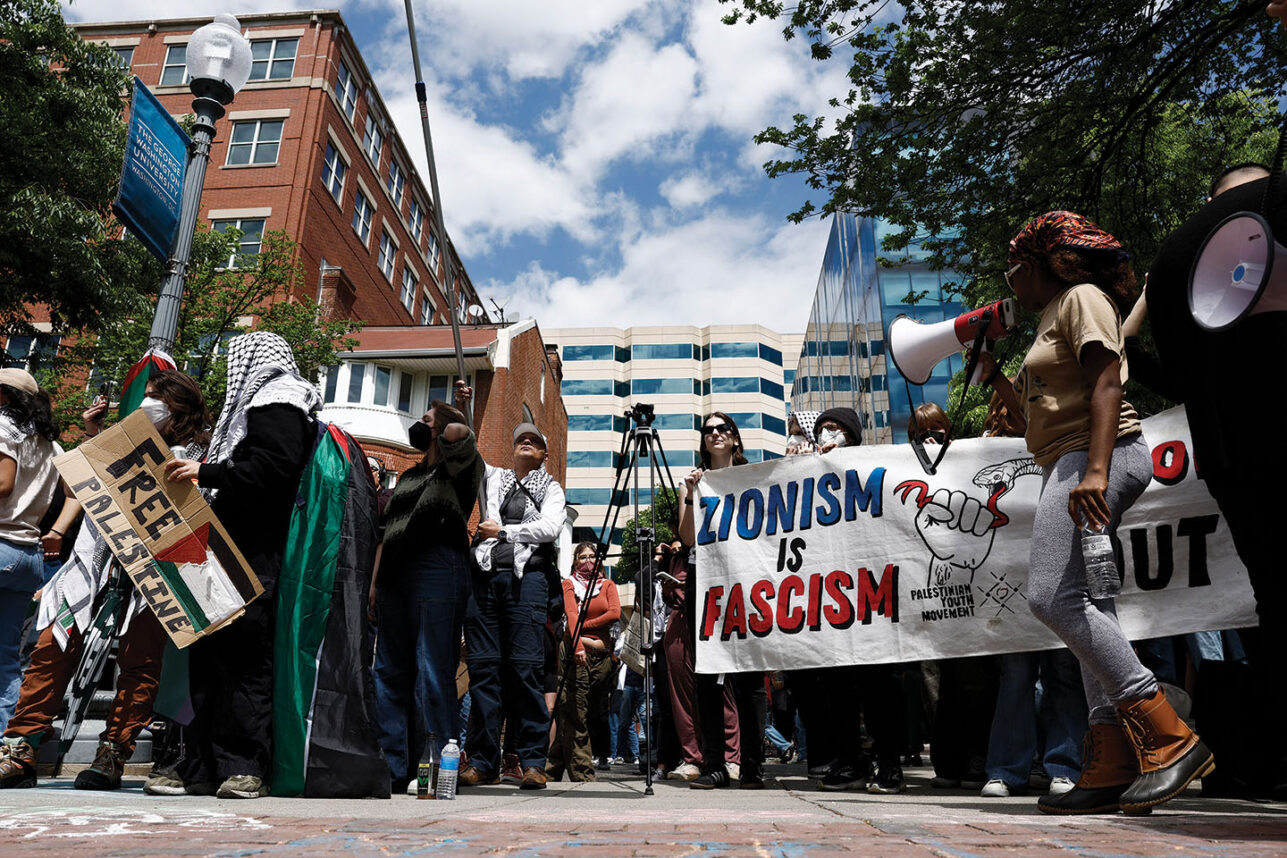






 More news and opinions than at a Shabbat dinner, right in your inbox.
More news and opinions than at a Shabbat dinner, right in your inbox.